18 Beaches In Mexico That Are No Longer Safe For Tourists — And 6 Traveler Mistakes That Make Them Even Riskier
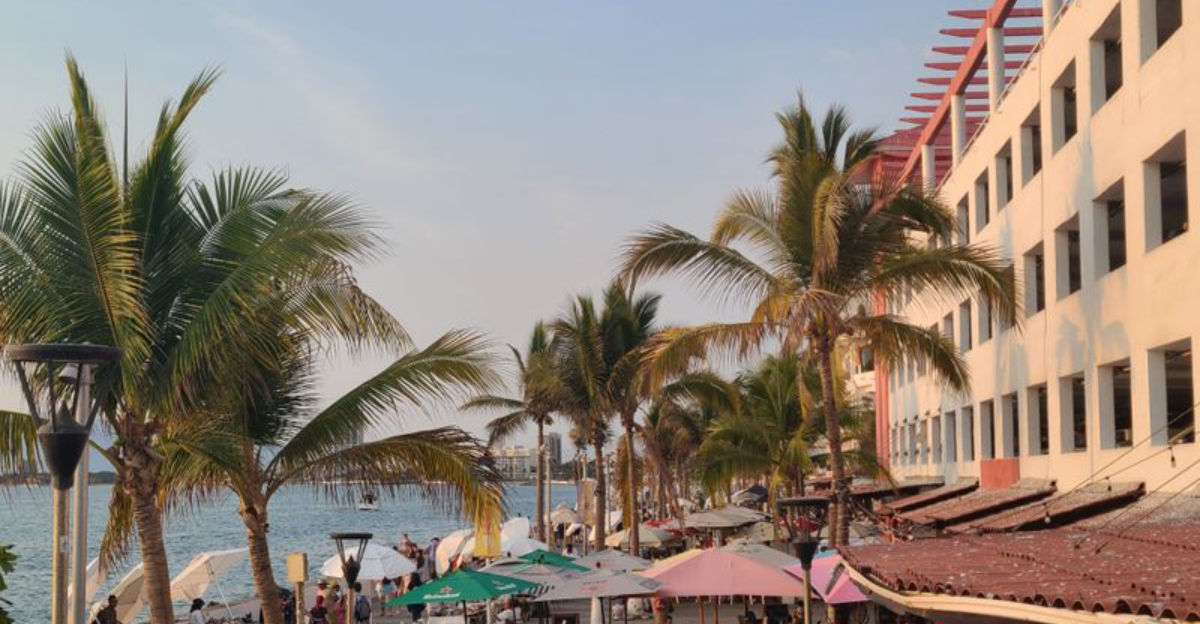
Mexico’s stunning coastlines have long been a magnet for sun-seeking tourists from around the world. However, in recent years, several once-idyllic beaches have become hotspots for crime and violence, making them risky destinations for visitors.
Beyond location-specific dangers, certain traveler behaviors can dramatically increase your vulnerability when visiting these areas.
1. Acapulco Violence Spike
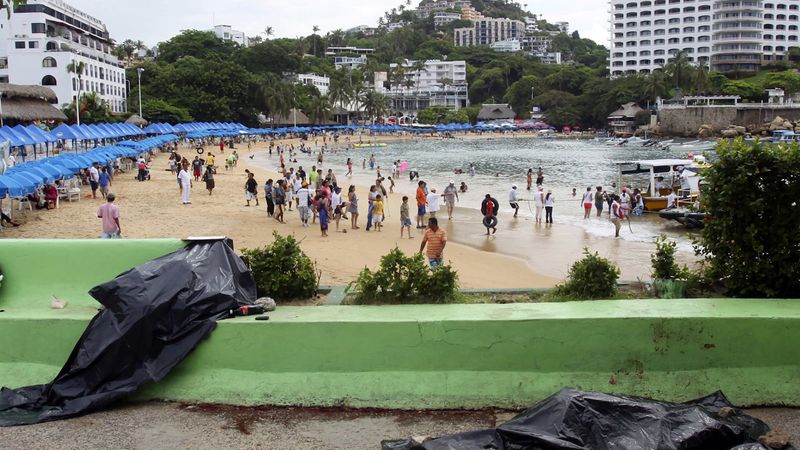
Once Mexico’s premier beach destination, Acapulco has experienced an alarming rise in violent crime. Local cartel conflicts have spilled onto the beaches, with shootings occurring even in broad daylight at popular tourist areas.
The city’s murder rate now ranks among the highest in the world. Military presence has increased, but hasn’t stemmed the violence affecting areas once considered safe havens for tourists.
Even luxury resorts can’t guarantee safety, with armed robberies reported at beachfront properties. The U.S. State Department has issued its strongest travel warning for the region.
2. Flashy Jewelry Choices (Traveler Mistake)
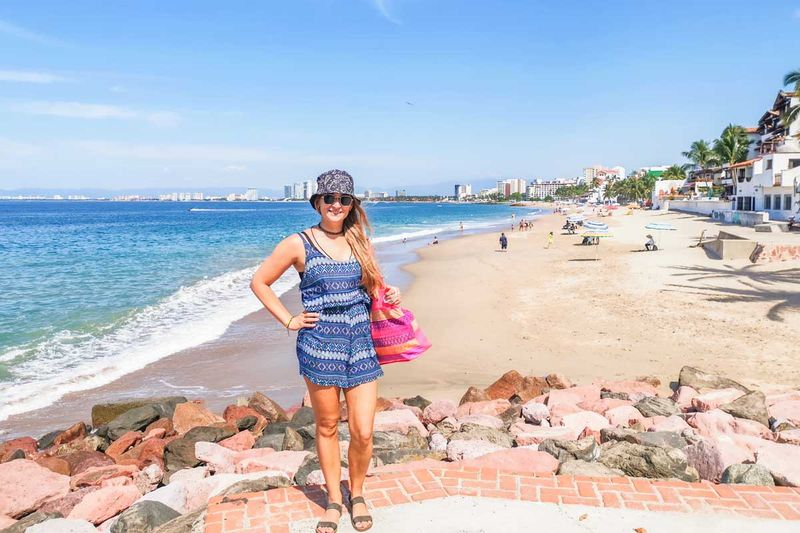
Wearing expensive watches, necklaces, or diamond rings at Mexican beaches essentially transforms you into a walking target for thieves. Criminals specifically look for tourists flaunting wealth, viewing them as easy marks for quick robberies.
Many tourists don’t realize their $5,000 watch might represent several months’ wages for locals in economically challenged areas. The contrast creates dangerous temptation.
Theft can happen anywhere – while swimming (leaving items unattended), walking back to hotels, or even during casual beach strolls. Smart travelers wear inexpensive watches, simple wedding bands, or no jewelry at all.
3. Zihuatanejo Crime Reports
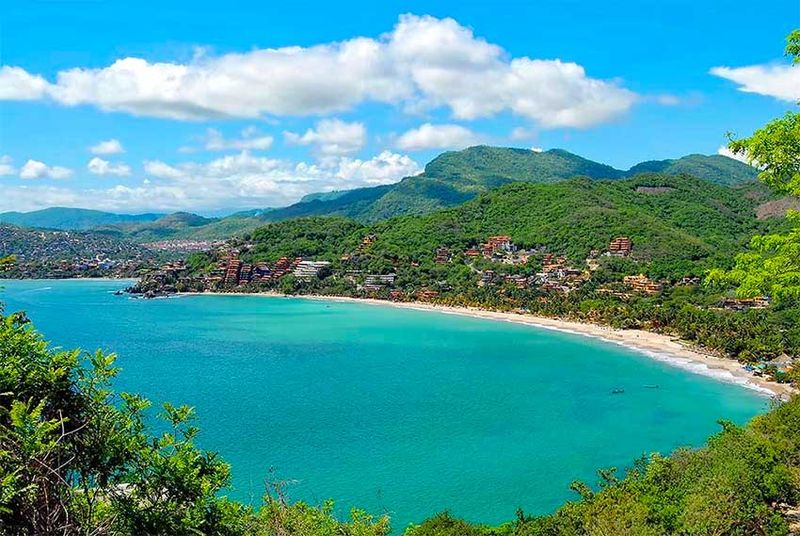
What was once a peaceful fishing village immortalized in ‘The Shawshank Redemption’ has transformed into a concerning hotspot for tourist-targeted crimes. Recent years have seen a disturbing pattern of armed robberies along the once-tranquil beaches, particularly after sunset.
Local police struggle with limited resources to patrol the expanding tourist zones effectively. Criminals have become increasingly bold, sometimes approaching visitors directly on the beach.
The downtown beach areas near the markets have become particularly problematic. Several tourists have reported being followed from ATMs near the beach to their accommodations, resulting in robbery at knifepoint.
4. Going Out Alone at Night (Traveler Mistake)
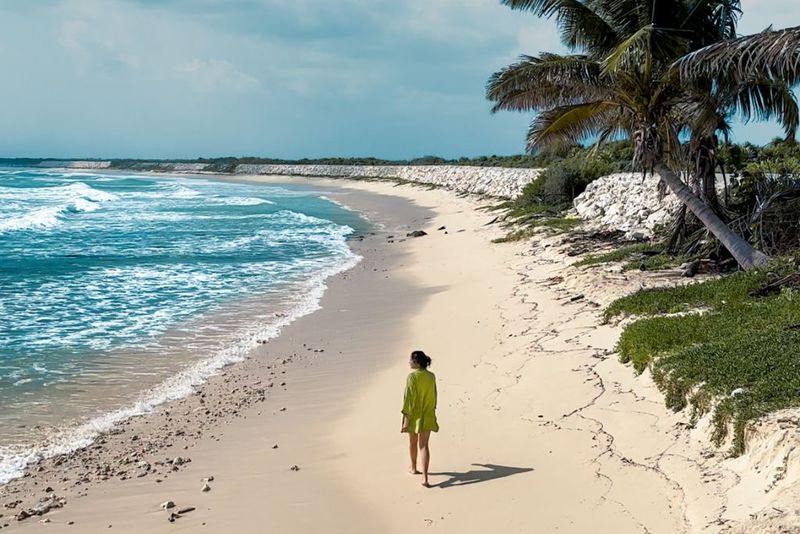
Nighttime solo walks along Mexican beaches might seem romantic but often lead to dangerous situations. Criminals specifically target isolated individuals who can’t call for help or effectively defend themselves.
The false sense of security many tourists feel after a few days in a destination can be deadly. Alcohol consumption at beach bars further impairs judgment and awareness, making solo travelers even more vulnerable.
Many attacks occur between midnight and 4 AM when beaches are deserted except for those with criminal intent. Always travel with trusted companions after dark, stay in well-lit areas, and consider using hotel transportation rather than walking, even for short distances.
5. Puerto Escondido Incidents
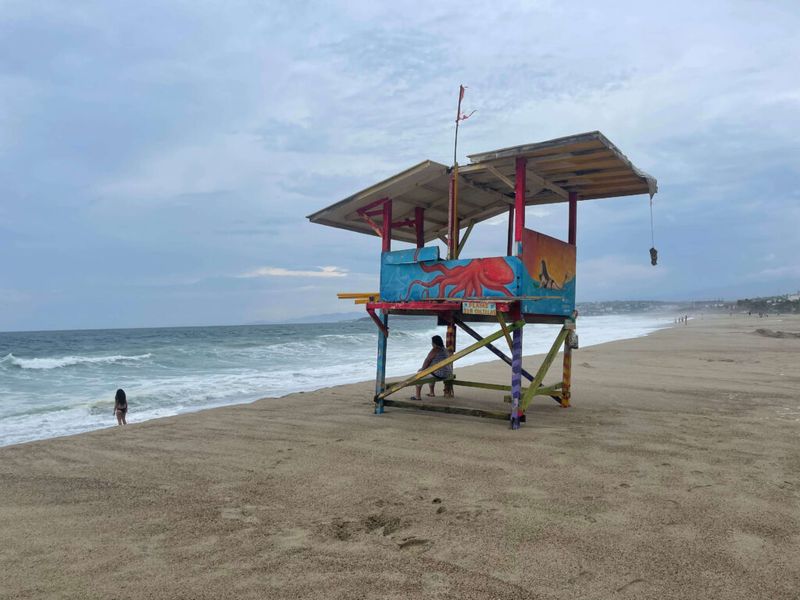
This once-hidden surfer paradise has seen a troubling rise in tourist-targeted crimes. The popular Zicatela Beach area, known for its impressive waves, has become particularly dangerous after sunset.
Robberies targeting surfers returning from late afternoon sessions have increased dramatically. Criminals know these visitors often carry cash and expensive equipment.
Drug-related violence has also infiltrated beach areas previously considered safe. Multiple reports describe tourists being approached aggressively by drug dealers, then robbed when they decline purchases. Local authorities acknowledge the problems but lack resources to provide adequate security throughout the extensive beach zones that attract visitors.
6. Ignoring Local Warnings (Traveler Mistake)
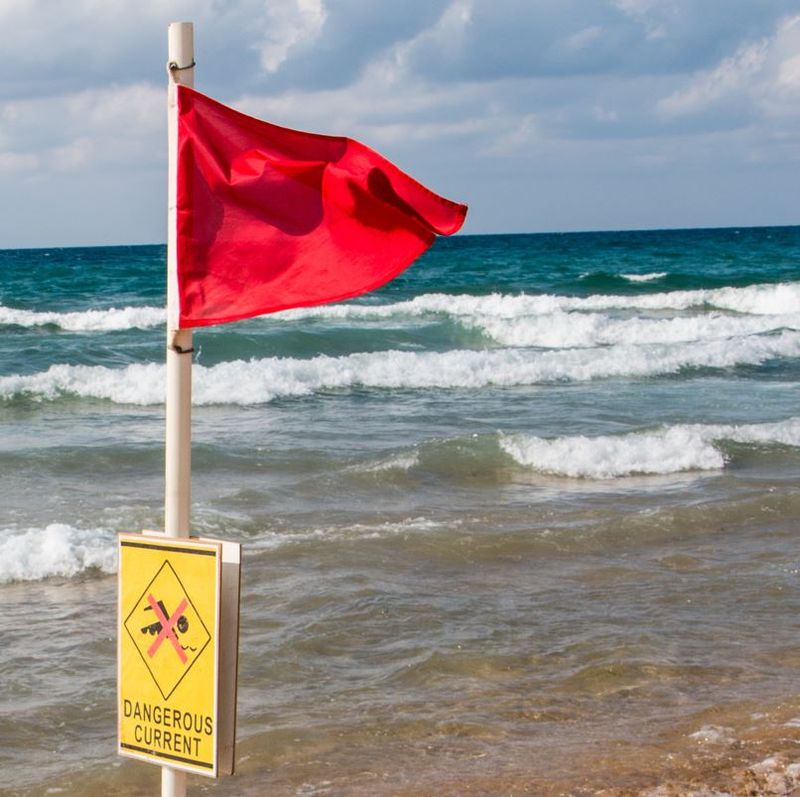
Hotel staff, restaurant workers, and taxi drivers often possess critical safety information that tourists disregard at their peril. These locals understand which beach areas have become dangerous and when problems typically occur.
Many incidents happen precisely because visitors dismiss warnings as exaggerations designed to keep them near resort areas. The stubborn “it won’t happen to me” mentality leads tourists straight into trouble spots clearly identified by residents.
Some travelers even interpret red flag warnings about water conditions or beach closures as challenges rather than protection. Smart travelers develop relationships with hotel staff, ask specific safety questions, and actually follow the advice they receive about which beaches to avoid.
7. Mazatlán Gang Activity
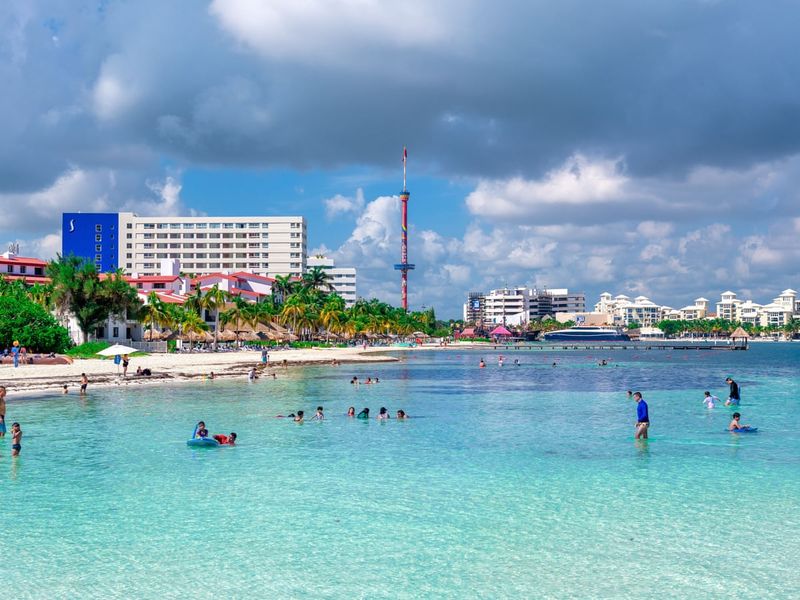
Though partially rejuvenated through tourism development, Mazatlán’s beaches have experienced serious safety setbacks. Gang violence has spilled into tourist zones, particularly in the northern beach areas away from the Golden Zone.
Brazen daylight shootings between rival criminal groups have occurred directly on beaches previously considered secure. The problems intensify during holiday periods when beaches become crowded.
Even the famous malecón (boardwalk) area has seen violent incidents during early morning and late evening hours. Local police have increased patrols, but their presence remains inconsistent, especially in areas just beyond the main tourist zones where many visitors stay in vacation rentals rather than traditional hotels.
8. Trusting Unofficial Taxis (Traveler Mistake)
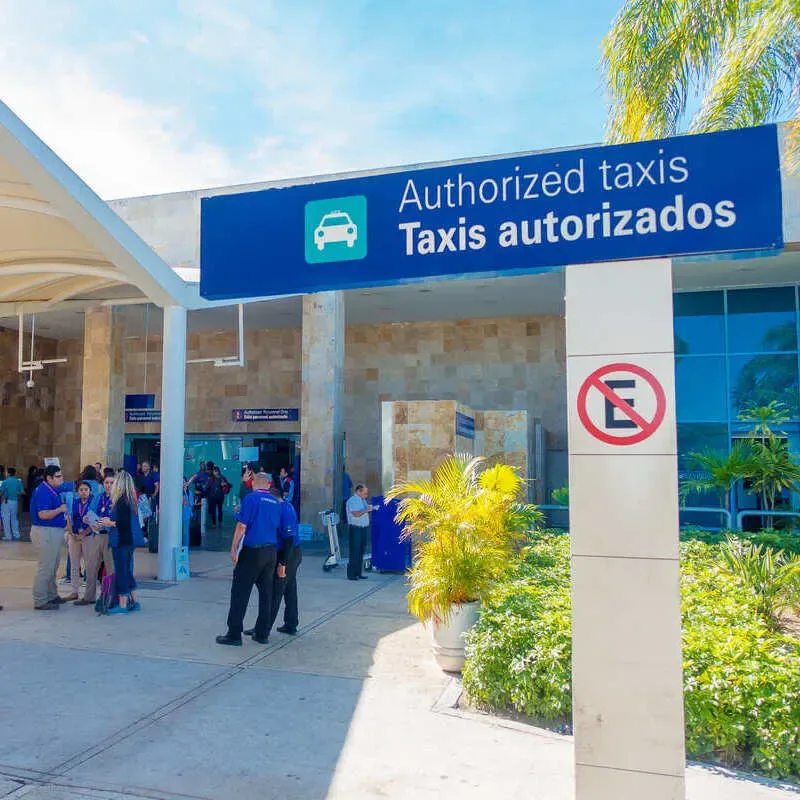
Many beach crimes begin with tourists entering unmarked vehicles claiming to be taxis. These unofficial services often target visitors walking back from beaches to hotels, offering lower prices than registered transportation.
Criminals use this opportunity to drive victims to ATMs for forced withdrawals or to isolated areas for robbery. The problem is particularly acute near popular beaches where official taxi services might be limited.
Some criminals even place fake taxi logos on vehicles to appear legitimate. Always arrange transportation through your hotel, use official taxi stands, or employ reputable ride-sharing apps that track your journey. Never flag down unmarked cars near beaches, regardless of how convenient or affordable they seem.
9. Playa del Carmen Shootings
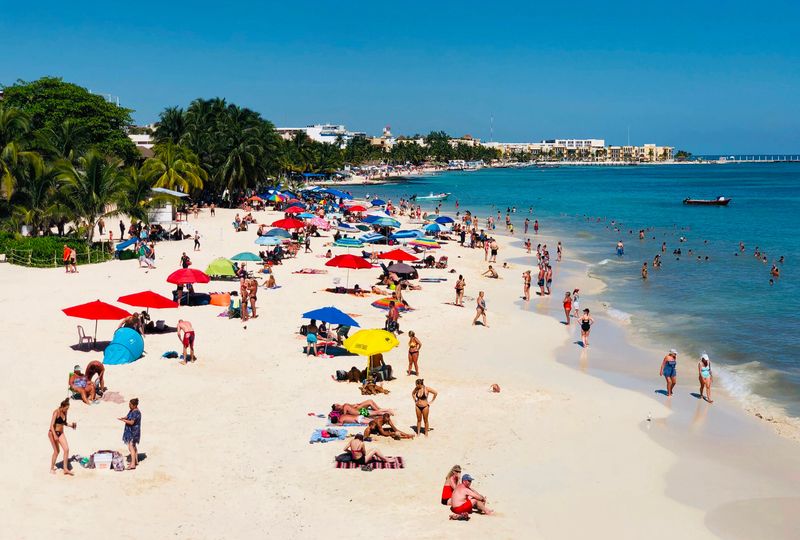
This once-sleepy fishing village turned tourist hotspot has witnessed shocking violence in recent years. Multiple shootings have occurred along the famous Fifth Avenue and adjacent beach areas, including incidents at popular beach clubs frequented by international visitors.
Cartel territorial disputes have brought violence directly to areas packed with tourists. Even broad daylight no longer provides safety assurance in certain beach zones.
The Mamitas Beach Club shooting in 2022, which left two foreign visitors dead, highlighted the deteriorating security situation. While authorities have increased police presence, problems persist, particularly in the beach areas north and south of the main tourist zone where security thins out substantially.
10. Posting Real-Time Locations (Traveler Mistake)
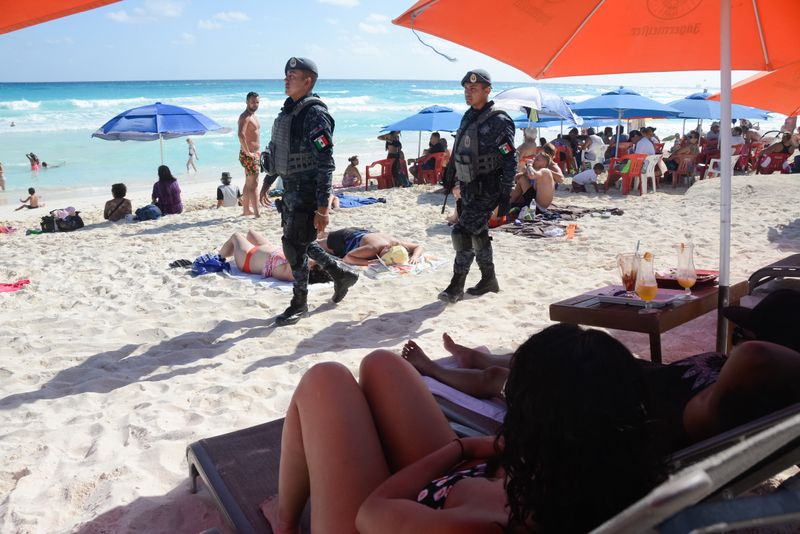
Sharing beach selfies with location tags while still at that beach creates a dangerous digital breadcrumb trail for potential criminals. Many tourists don’t realize their public social media posts essentially announce: “I’m here, unprotected, with valuable devices.”
Criminals actively monitor social media hashtags for popular beaches to identify potential targets. This practice becomes especially dangerous when posts show expensive equipment or indicate you’re traveling alone.
Wait until you’ve left a location before posting about it. Adjust privacy settings to limit who sees your posts, and never share hotel information or detailed itineraries. Consider using vacation mode features that delay posting until you’ve returned home safely.
11. Tulum Drug Conflicts
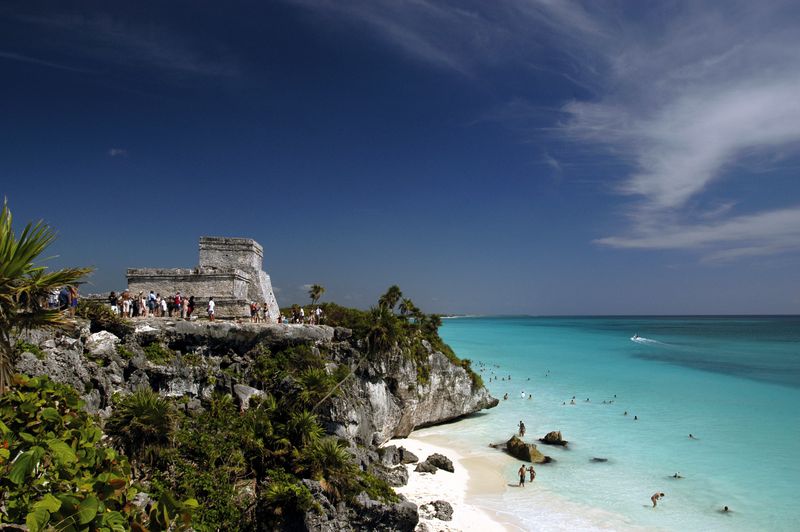
This bohemian beach destination has transformed from peaceful paradise to crime hotspot due to territorial drug conflicts. The beaches south of the hotel zone, once known for their pristine beauty, have become battlegrounds for rival gangs competing for lucrative drug sales to tourists.
Violent incidents have occurred at popular beach clubs and restaurants directly on the sand. Two foreign tourists were killed in crossfire during a 2021 gang shootout at a beachside restaurant.
The problem intensifies during high season when drug demand increases with tourist numbers. While military checkpoints have been established on roads leading to beach areas, they’ve proven ineffective at preventing violence within the beach zones themselves.
12. Oversharing with Strangers (Traveler Mistake)
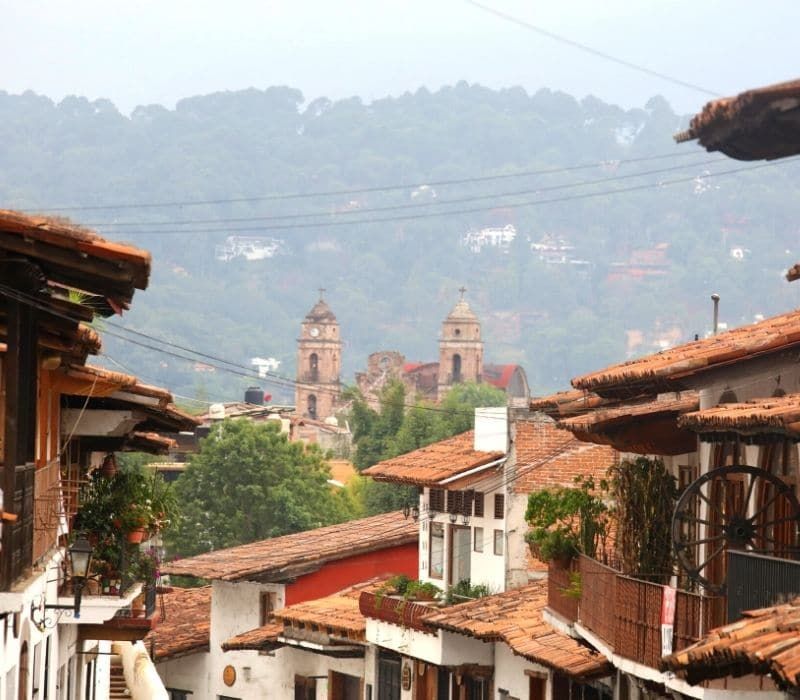
Friendly conversations with fellow beachgoers can quickly become security liabilities when tourists reveal too much personal information. Details about where you’re staying, how long you’ll be in town, or whether you’re traveling alone provide criminals with everything needed to target you effectively.
Many tourists don’t realize that seemingly innocent beach chats with “friendly locals” or other travelers are sometimes fishing expeditions for information. The person asking about your beautiful camera equipment might be assessing whether you’re worth robbing.
Maintain friendly but vague conversations. Avoid specifics about accommodations, travel plans, or possessions. Remember that true friends don’t need to know your room number or when you’ll be heading back to your hotel alone.
13. Sayulita Safety Concerns
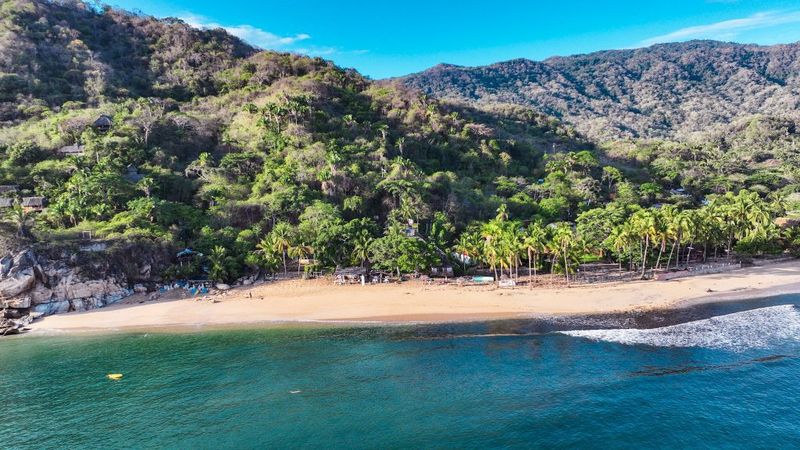
This once-charming surf town has experienced a troubling transformation. Beach theft has become so common that tourists are now advised never to leave belongings unattended, even for quick swims.
The north end of the main beach, particularly during early morning and evening hours, has become notorious for confrontational robberies. Local surfers report being approached by armed individuals demanding money while returning from dawn sessions.
Water quality issues compound safety concerns, with sewage contamination leading to serious illness among visitors. The beach’s growing popularity has outpaced security infrastructure. Police presence remains minimal despite increasing reports of tourist-targeted crime along the shoreline.
14. Ensenada Tourist Targeting

This cruise ship destination has seen alarming security deterioration along its once-safe beaches. The public beaches closest to the cruise port have become hotspots for crimes targeting day visitors with limited local knowledge.
Muggers specifically watch for tourists walking beach paths between attractions, particularly those carrying visible valuables. Several violent incidents have occurred at remote beach areas north of the main tourist zone.
Criminals have adopted sophisticated approaches, including posing as tour guides offering “special beach excursions” that lead to robbery situations. Local authorities have increased patrols near the cruise terminal but lack resources to secure all beach areas frequented by visitors who venture beyond the main tourist corridor.
15. Cancun’s Rising Risks
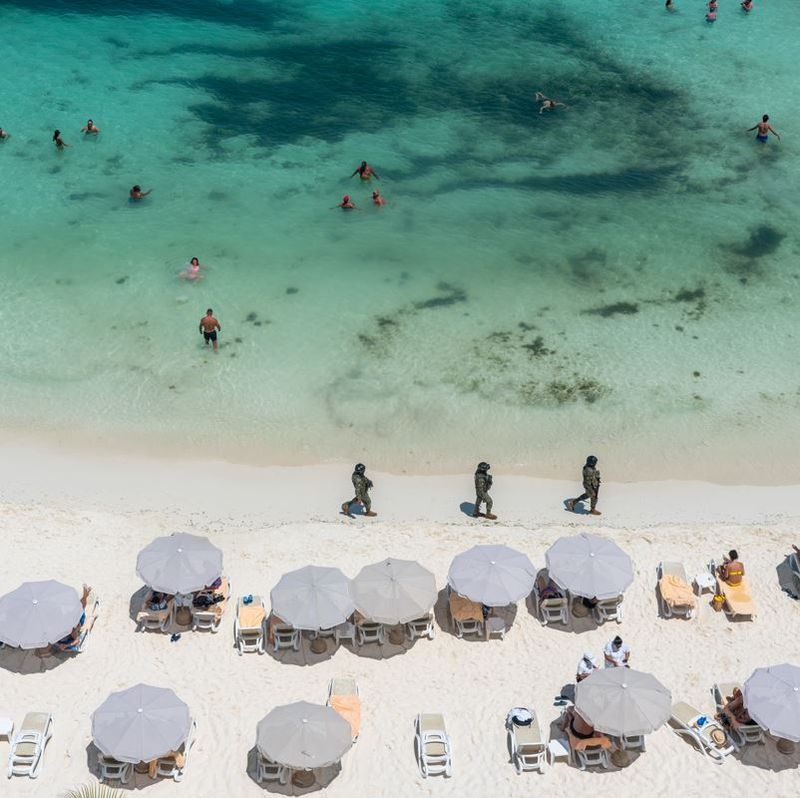
Mexico’s flagship beach destination now harbors serious danger zones hidden behind its picture-perfect facade. The public beaches north of the hotel zone have experienced a disturbing rise in armed robberies targeting tourists walking back to accommodations.
Even the famous Playa Delfines has seen violent incidents during early morning and late evening hours. Territorial drug disputes have led to shootings at beach clubs directly in the hotel zone.
The beaches connecting to the downtown area have become particularly problematic after dark. While the Mexican government has deployed National Guard troops to patrol main beach areas, their presence remains inconsistent. Most concerning is the increasing boldness of criminals who no longer limit activities to nighttime hours.
16. Los Cabos Armed Robberies
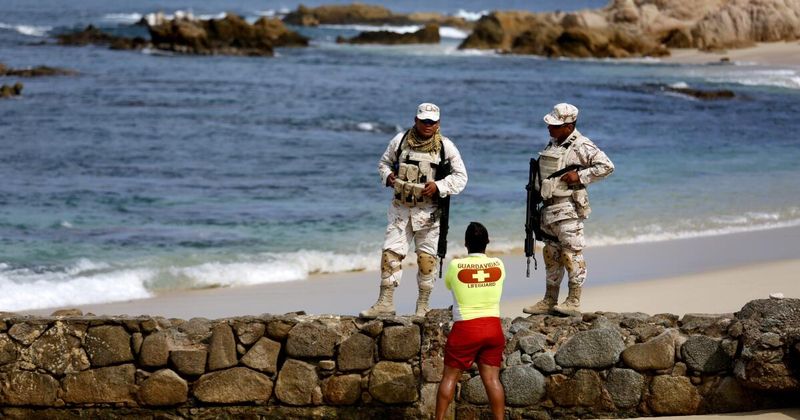
The dramatic beaches where desert meets sea have witnessed a troubling pattern of armed robberies. Criminals target tourists walking isolated stretches between popular beach spots, particularly along the corridor connecting Cabo San Lucas and San José del Cabo.
Several non-swimmable beaches with spectacular views have become danger zones, as their isolation provides perfect conditions for robberies without witnesses. Tourists photographing sunrise or sunset at these locations have been specifically targeted.
Even popular beaches like Chileno and Santa Maria have seen incidents during off-peak hours when fewer people are present. While resort beaches maintain security, venturing to public beaches increasingly carries risk, especially when carrying visible valuables or camera equipment.
17. Manzanillo Travel Alerts
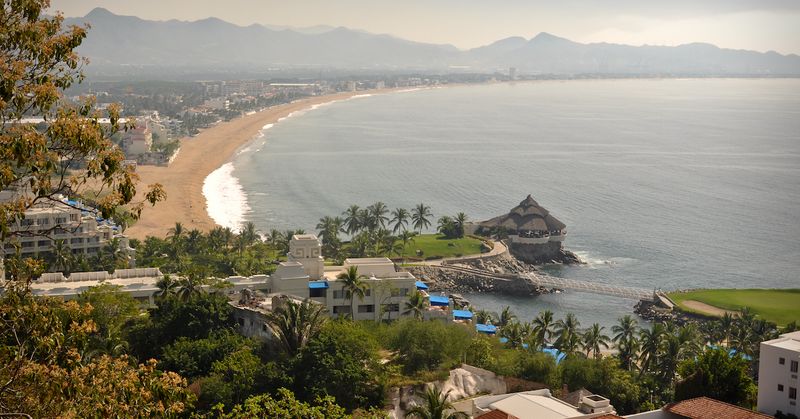
This industrial port city’s beaches have experienced serious security degradation. The once-popular Miramar Beach area has become particularly problematic, with multiple reports of tourists being robbed at knifepoint while walking beach paths.
The beaches north of the main bay, previously known for their tranquility, have seen violent territorial disputes between criminal groups. Local fishermen now warn tourists against visiting certain beach areas, particularly after 5 PM.
Even Santiago Bay, once considered safe, has experienced increasing incidents of theft and intimidation. The U.S. State Department specifically mentions Manzanillo’s beaches in its travel advisories, recommending tourists exercise increased caution and avoid isolated areas entirely, even during daylight hours.
18. Huatulco Under Watch
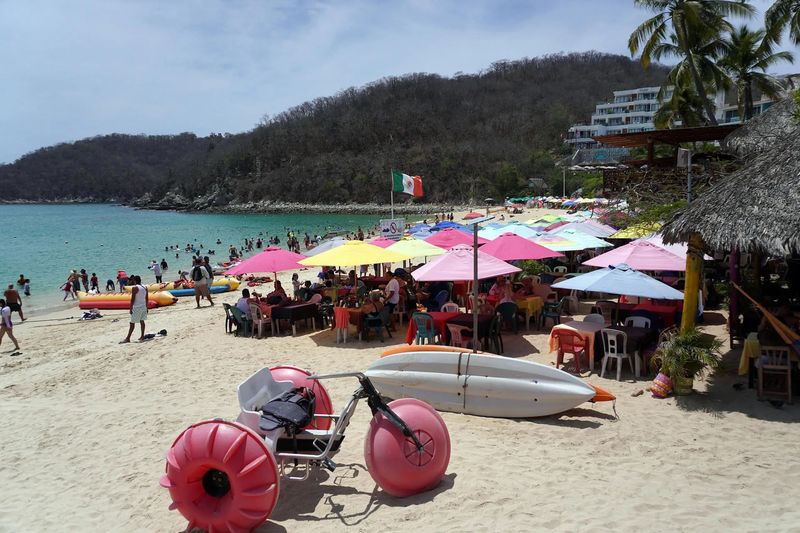
This planned tourist development with nine spectacular bays has seen its security situation deteriorate. While resort beaches maintain relative safety, the public beaches in the Tangolunda and Chahué areas have experienced increasing incidents of tourist-targeted theft.
Boat operators offering transportation between beaches have been implicated in several robbery schemes targeting foreign visitors. The more isolated beaches accessible only by water have become particularly risky.
Drug cartel activity has increased in the region, with territorial markers appearing on beaches previously free from such influences. Government efforts to maintain Huatulco’s reputation as a safe destination have increased police visibility, but incidents continue to occur, particularly at beaches distant from the main tourist infrastructure.
19. La Paz Warning Signs
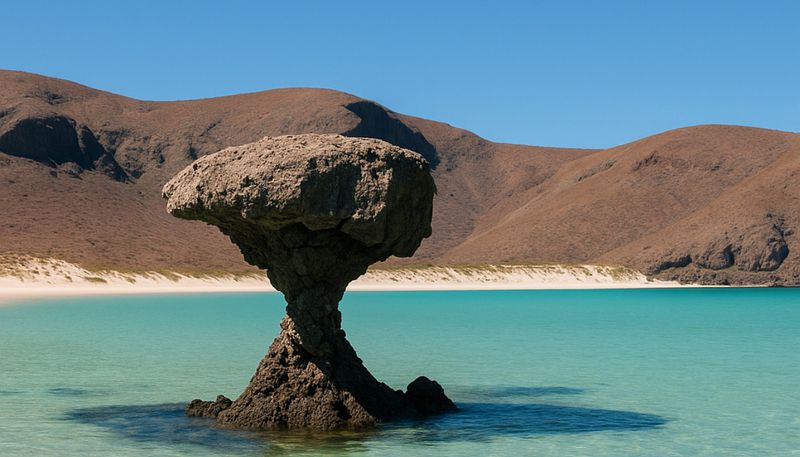
This Baja California Sur capital once prided itself on safety, but its beaches now show troubling signs of change. The malecón beach areas, particularly north of the main tourist walk, have seen increasing incidents of tourist robberies during early morning and evening hours.
Beaches near La Ventana and El Sargento, popular with kitesurfers, have experienced break-ins of parked vehicles while owners are on the water. Local residents report increasing presence of individuals monitoring tourist movements at popular beaches.
Balandra Beach, famous for its mushroom rock, has seen several incidents involving theft of unattended belongings. While violent crime remains lower than in other regions, the pattern of increasing targeting of tourists has prompted authorities to increase patrols, though coverage remains inconsistent.
20. Ixtapa Recent Violence
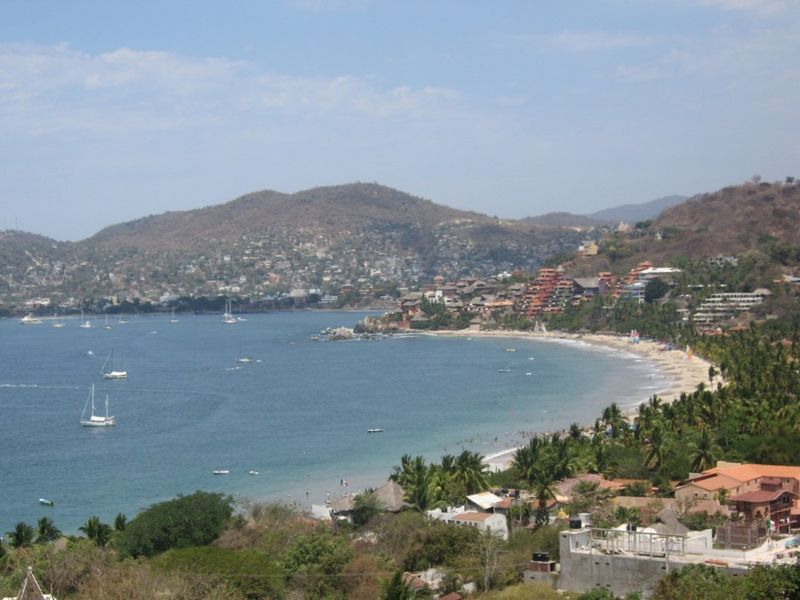
This purpose-built resort destination adjacent to Zihuatanejo has lost its safety reputation. The main beach strip has seen armed robberies of tourists returning to hotels after sunset. Even daytime hasn’t provided complete security, with reports of aggressive vendor schemes turning into theft opportunities.
The beach areas connecting Ixtapa to Zihuatanejo have become particularly dangerous, with multiple reports of tourists being followed and robbed while walking between the two destinations. Playa Linda, once family-friendly, has seen concerning incidents during less crowded periods.
Local criminal groups have established beach territories where they pressure tourists to purchase goods or services. Refusal sometimes leads to intimidation or outright theft. Police presence has increased but remains insufficient given the extensive coastline.
21. Puerto Vallarta Issues
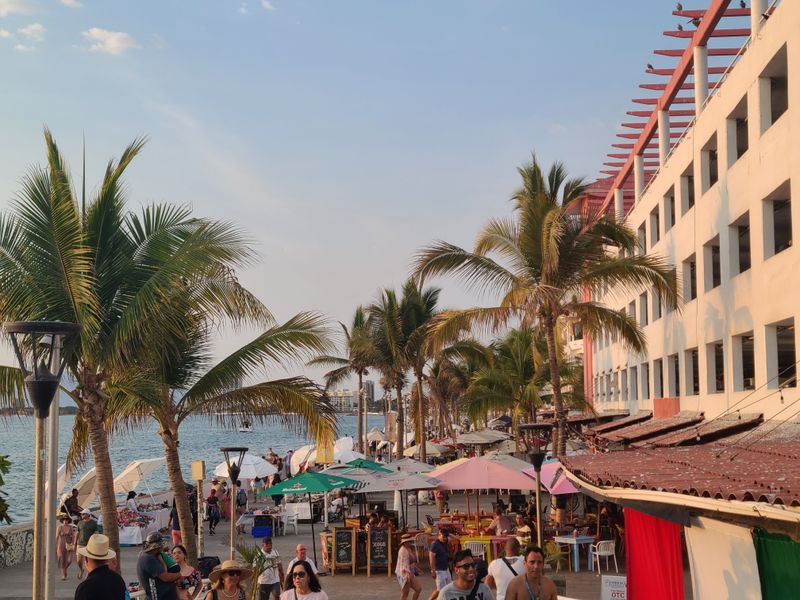
This popular LGBTQ+ friendly destination has experienced security deterioration beyond its polished resort zones. The beaches south of the romantic zone, once considered extensions of safe tourist areas, have seen increasing reports of robberies and assaults, particularly against solo travelers.
North beaches beyond the marina have become particularly problematic after dark. Even the main Malecón beach area has seen incidents during late night hours when police presence thins out.
Drug dealers have become increasingly aggressive at public beaches, sometimes following tourists who decline purchases. While resort beaches maintain security personnel, venturing to public beaches now carries increased risk. The contrast between secured hotel zones and public beaches has never been starker.
22. Cabo San Lucas Extortion Schemes
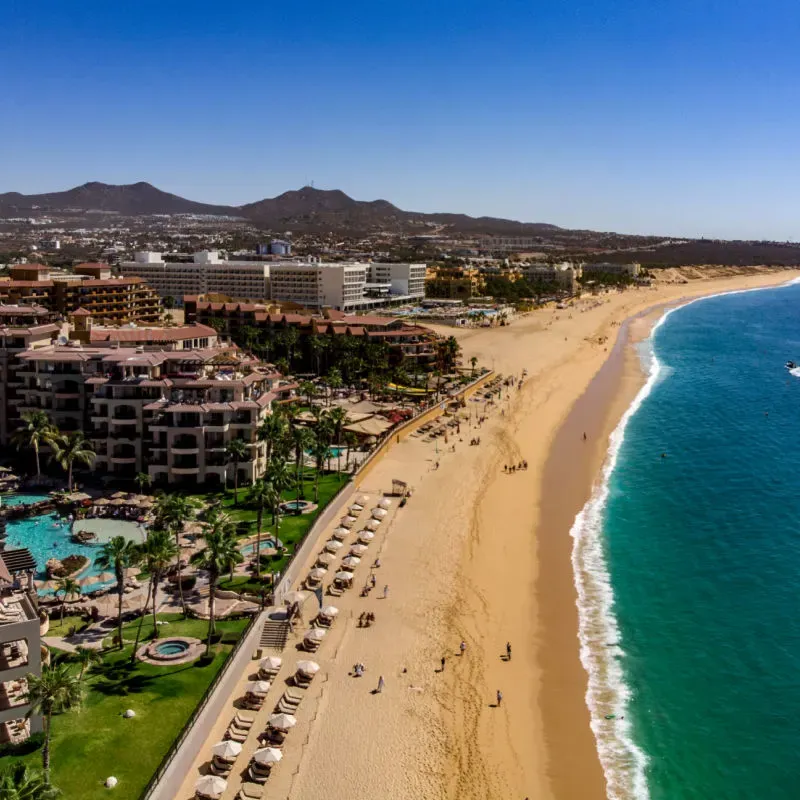
The stunning beaches of Land’s End now harbor sophisticated criminal operations targeting tourists. Beach vendors have been connected to extortion schemes where initial friendly interactions transform into demands for money under threat of violence.
The public beaches near Puerto Paraíso mall have become particularly problematic, with organized groups monitoring tourist movements. Several visitors have reported being followed from beaches to ATMs and forced to withdraw maximum amounts.
Even popular Médano Beach has seen incidents during both day and night hours. While police presence has increased in main areas, criminals have adapted by targeting tourists at beach access points and paths connecting to hotels. The contrast between secure resort beaches and increasingly dangerous public areas grows more pronounced each season.
23. Rosarito Beach Dangers

This weekend getaway destination for Southern Californians has experienced serious security issues. The main beach area has seen robberies targeting visitors walking back to hotels and rental properties after dark. Criminals specifically watch for intoxicated tourists leaving beach bars.
The beaches south of the main hotel zone, once popular with day-trippers, have become notorious for vehicle break-ins and confrontational robberies. Local residents now advise visitors against walking northern beach stretches even during daylight hours.
Road checkpoints by individuals impersonating police have been reported on routes leading to beach areas. While Mexican authorities have increased legitimate police presence, many incidents go unreported as victims rush back across the nearby U.S. border rather than navigating local police procedures.
24. Excessive Drinking (Traveler Mistake)
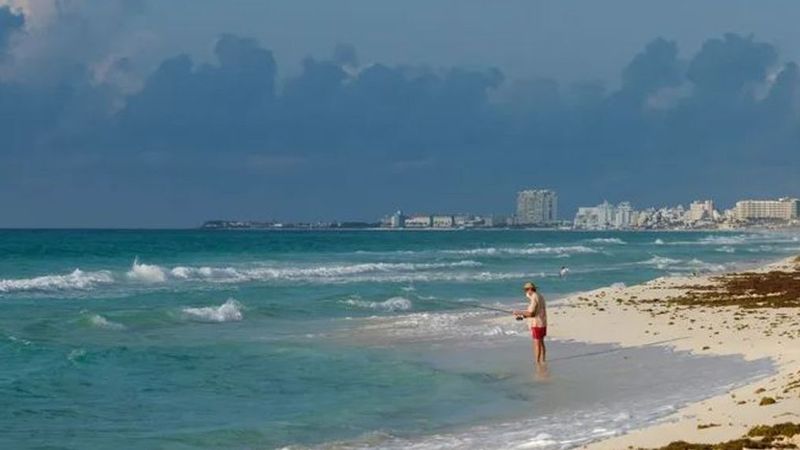
Alcohol dramatically impairs judgment and awareness, making intoxicated tourists perfect targets on Mexican beaches. Many criminals specifically watch beach bars, following patrons who’ve clearly had too much as they make their way back to accommodations.
Drinking also leads to risky decisions like nighttime swimming, walking on isolated beaches, or accepting rides from strangers – all potentially deadly choices in high-risk areas. The combination of unfamiliar surroundings and impaired faculties creates perfect vulnerability.
Many tourists who become victims report they’d been drinking heavily before incidents occurred. Limit alcohol consumption, never leave drinks unattended (to prevent drugging), and arrange safe transportation back to accommodations before you start drinking. Always maintain situational awareness, even in seemingly safe beach environments.
